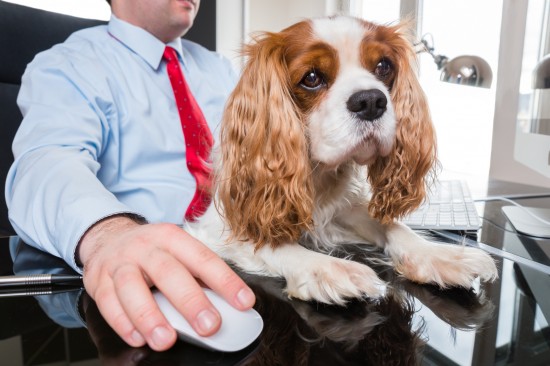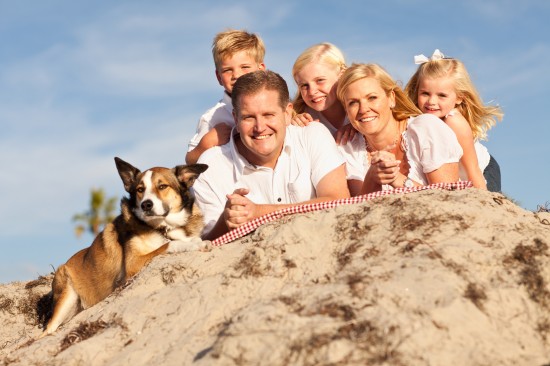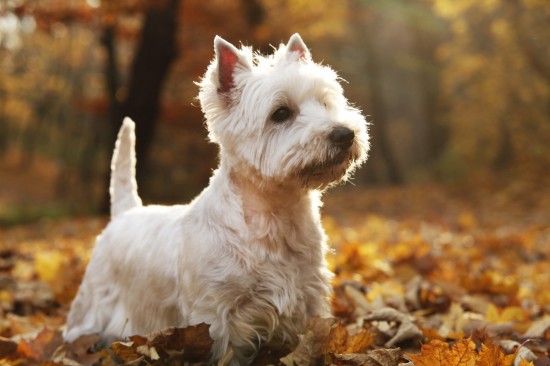It's only a matter of time before you'll want to take your new best friend ?who you trained to be sociable and obedient ?on some road trips. Maybe to the park, to a little league game, to a 5K run, a camping trip, wherever. Since an ounce of prevention is worth far more than a bucket seat full of doggie vomit, you would be well-advised to take precautionary steps to prepare your buddy for his first family road trip.
Before you subject your rescue dog to something that may be strange to him or maybe something he experienced before and didn't fair well, begin prep work well in advance. Conditioning your dog is the best method for preventing fear, hyperactivity and motion sickness.
As you work on your obedience training, dedicate some time to get him acclimated to the car's ambience. From the get-go, start using a verbal command for getting him into and out of the car. "Okay" works well. This will prevent him from leaving the car prematurely and perhaps even stop him from entering a stranger's car. Make sure to sit him in the back seat (where he'll be expected to ride), with you in the front seat since you're the one with the license. Start with the engine off. Do this a couple times each day. Have some doggie treats and speak to him softly to show him the car is a good place to be. Use plenty of praise to reinforce calm behavior.
Eventually try it with the engine idling. Same routine. Hopefully I don't need to remind you to have the car parked in the open spaces, not in the garage.
After several days with both of you sitting in the car with the engine idling - bonding and singing some oldies along with the radio - it should be time to hit the road. But, the first jaunts should be limited to a trip down the driveway and back up again. Make this your new routine for several more days. Ignore the stares from your neighbors. Always talking gently to reassure your friend that all's well. After each successful driveway mini-trip, reward with a treat.
Next, leave the driveway. Venture slowly around the block. Talking softly and praising.
Then go a half mile卆 mile, then two. As long as your dog is calm and behaving well, keep making the next trip a little longer. Should he make a move to come up front or hide away on the floor, resort to your successful obedience training and firmly say "sit" and "stay".
If all goes well, he's probably ready to accompany you on your next outing. But, make sure you have him properly tagged, just in case there's a slight breakdown in the obedience training you've worked so hard on. And don't forget that leash, since you should always have him under control. Again, an ounce of prevention. Also, be sure to carry some water and a container in the car, especially when it's hot.
Okay. What to do if no amount of pre-conditioning and desensitizing has made your pooch relax in the car. If all the while he just couldn't overcome anxiety or hyperactivity or even vomiting while in the car, engine on or engine off, idling or moving, there is still hope. Remember, your rescue dog has a background that is most likely a mystery to you. If you are still heck-bent on taking him along with you, there are safe and very effective meds that your veterinarian can prescribe for those trips.
But first you'll need to know if its motion sickness your dog is experiencing or hyperactivity. It's easy to tell the difference. Motion sickness has pretty much the same effect on dogs as on people. He'll be sitting quietly, drooling and looking a bit depressed. If this describes your dog's behavior, he'll need anti-motion sickness medication, which should allow you to take the pooch on your outings.
Hyperactivity and anxiety are just as easy to spot. Jumping around, panting, drooling, whining, attempting to jump up front are all signs. But not to despair. Your veterinarian can help with this scenario as well. There are a number of safe medications that will allow your dog to travel stress free. This will make for a safer trip for both of you.
Whatever it takes to get your good friend to join you on your excursions away from home will be well worth the quality time you'll be spending together. Enjoy.
To be a responsible dog owner, I use two excellent resources - The D.I.Y. Dog Training Manual and the Dog Lover's Membership Site. Learn more by visiting my site referenced below.

 Pet Friendly Companies, And Etiquette When Taking Your Dog To Work
Pet Friendly Comp
Pet Friendly Companies, And Etiquette When Taking Your Dog To Work
Pet Friendly Comp
 What Breed Of Terrier Is Right For You?
What Breed Of Ter
What Breed Of Terrier Is Right For You?
What Breed Of Ter
 Signs Youre Family Might Be Ready To Adopt Or Buy A Dog
Signs Youre Famil
Signs Youre Family Might Be Ready To Adopt Or Buy A Dog
Signs Youre Famil
 How To Keep Your Westies Coat Looking Great
How To Keep Your
How To Keep Your Westies Coat Looking Great
How To Keep Your
 Is The Welsh Terrier A Good Choice Of Pet?
Is The Welsh Terr
Is The Welsh Terrier A Good Choice Of Pet?
Is The Welsh Terr